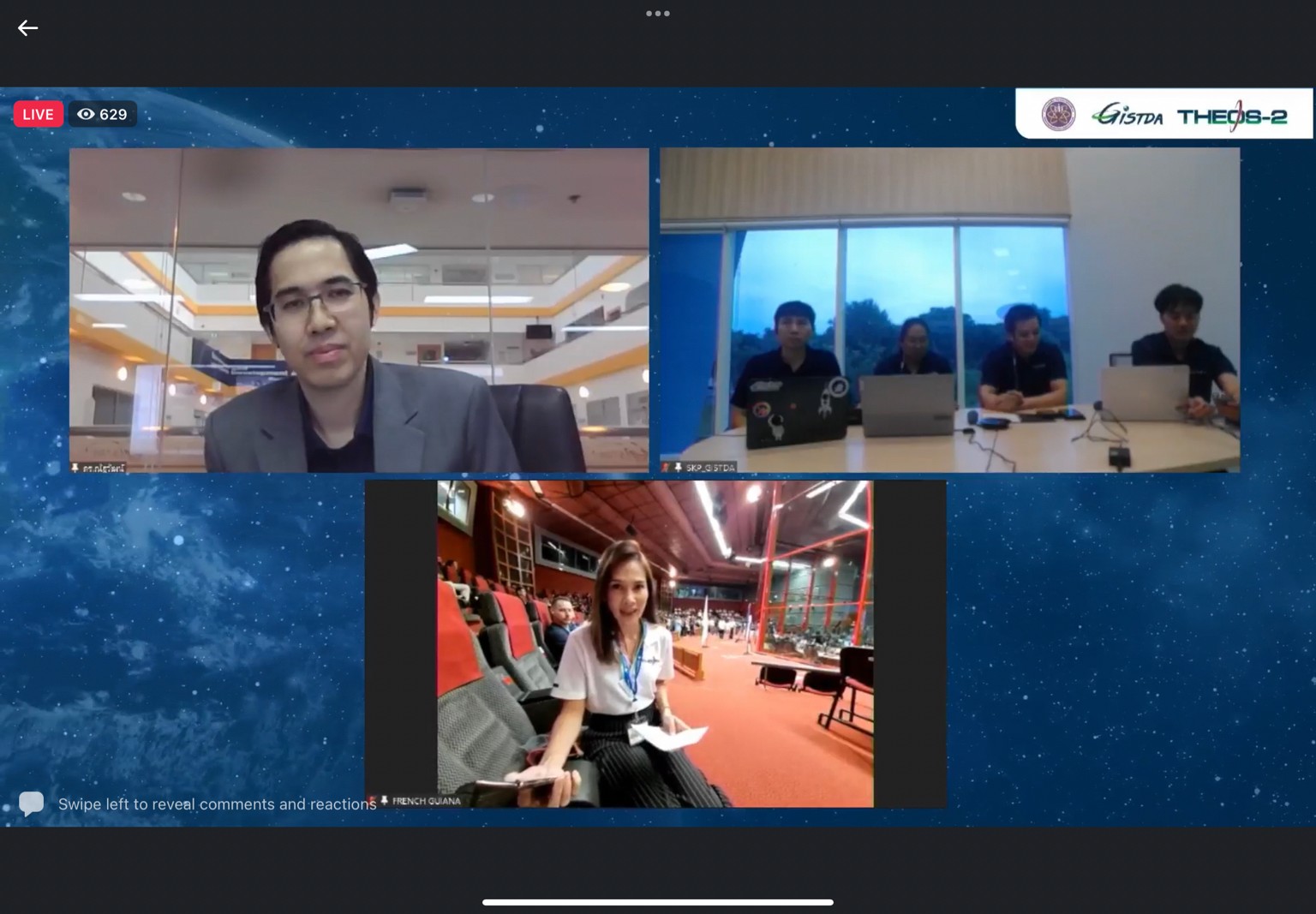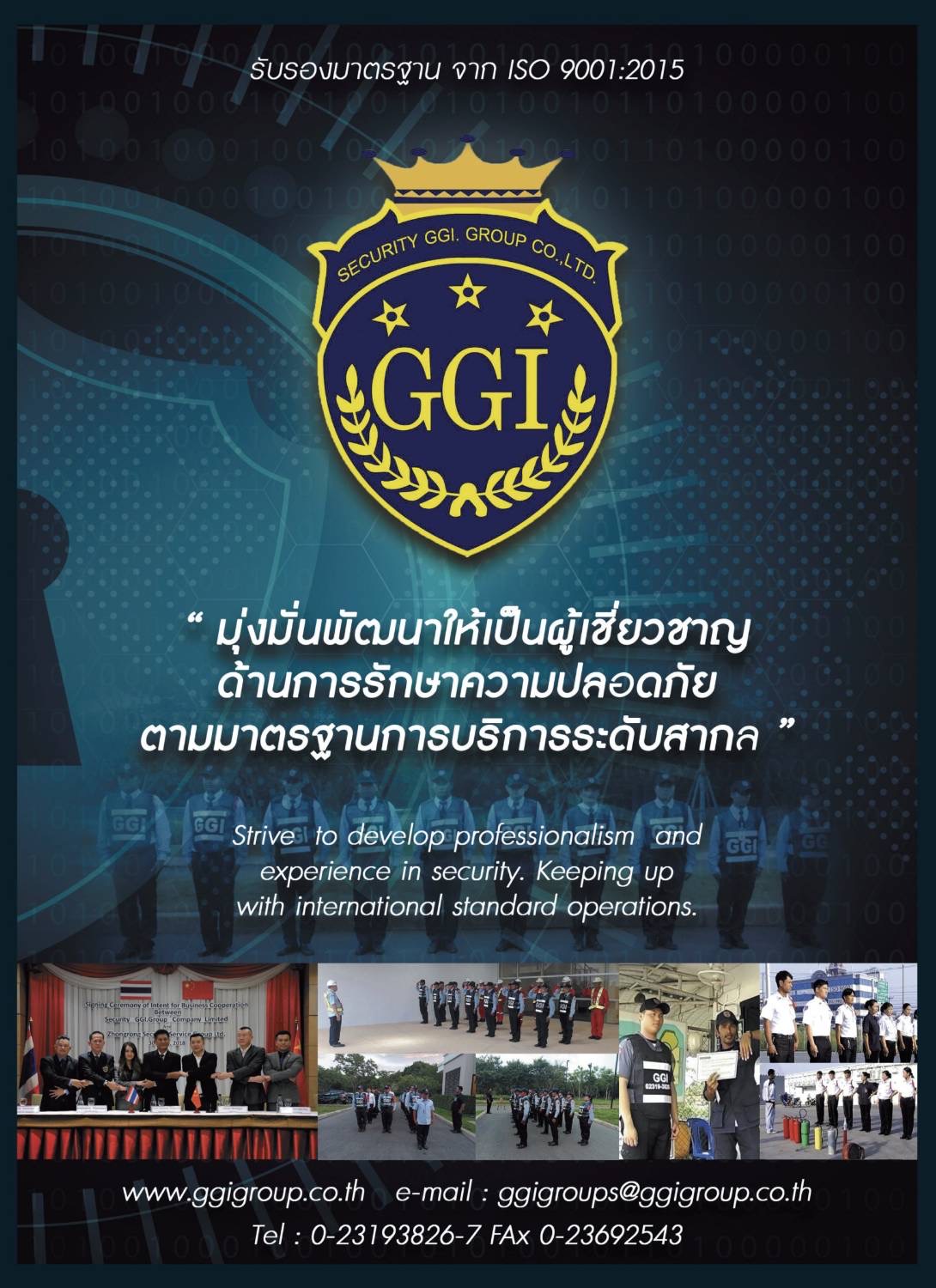ดาวเทียม THEOS-2 ประสบความสำเร็จขึ้นสู่วงโคจรแล้ว เริ่มปฏิบัติการสำรวจโลก
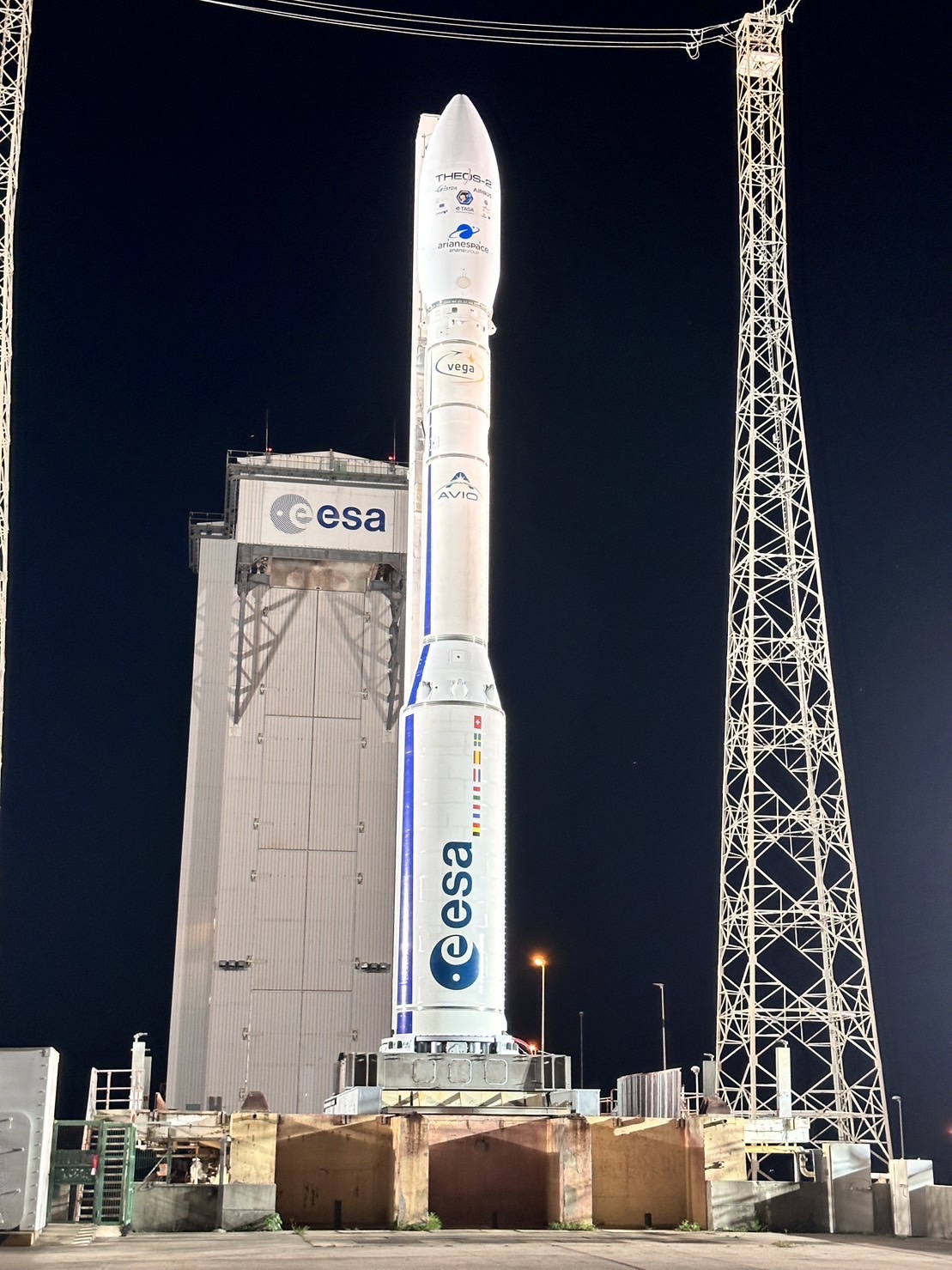
ดาวเทียม THEOS-2 ประสบความสำเร็จขึ้นสู่วงโคจรแล้ว เริ่มปฏิบัติการสำรวจโลก นายกฯ เศรษฐา ร่วมยินดีขอบคุณกระทรวง อว.ที่ช่วยขับเคลื่อนและผลักดันวงการอวกาศของประเทศไทยให้มีความก้าวหน้า ขณะที่ “ศุภมาส” ชี้ข้อมูลจากดาวเทียม THEOS-2 จะถูกนำมาวางแผนบริหารจัดการพื้นที่ที่ตอบสนองต่อสถานการณ์ฉุกเฉินต่างๆ ได้อย่างมีประสิทธิภาพภายใน 5 – 8 วันจากนี้
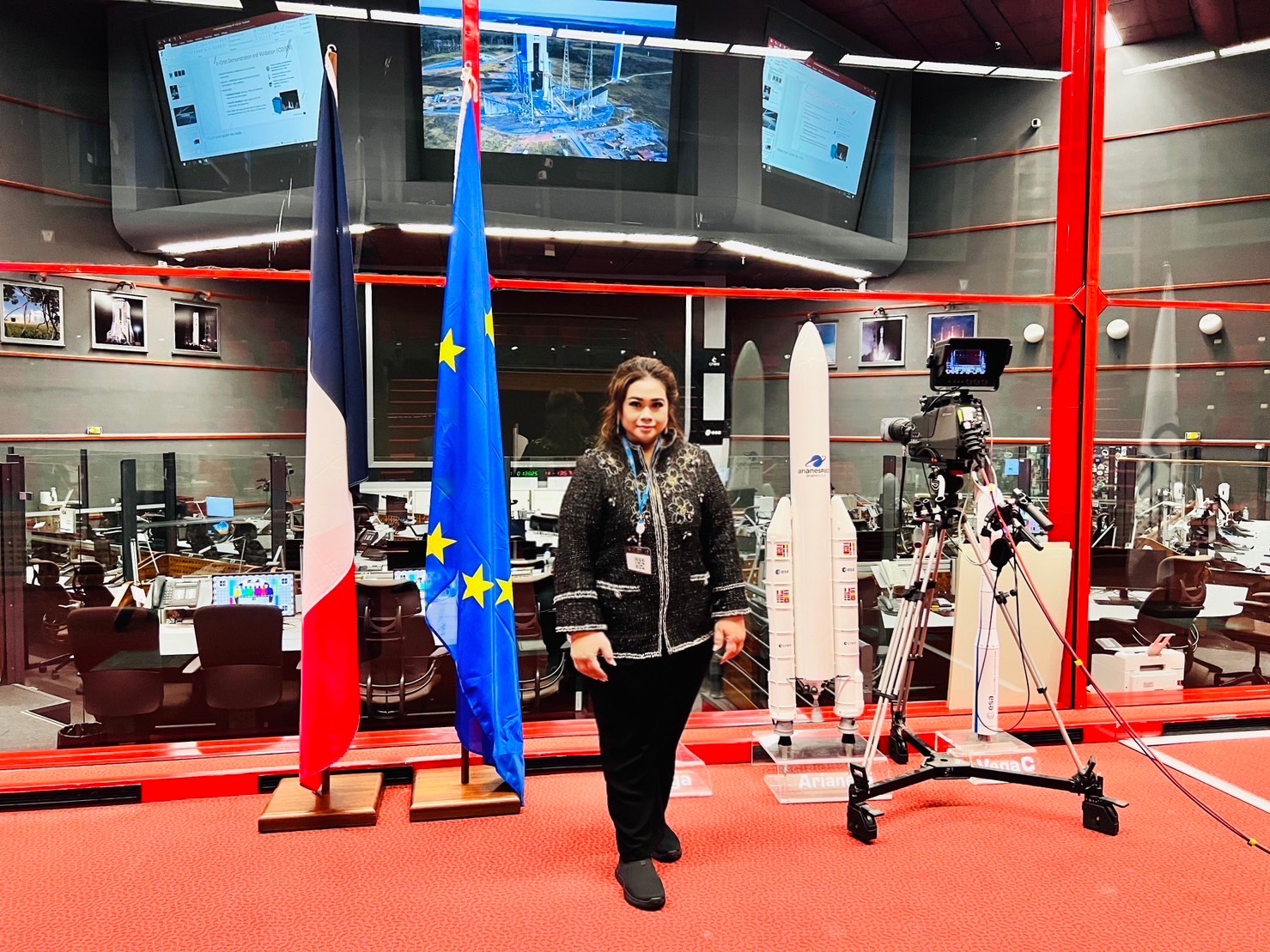
เมื่อวันที่ 9 ต.ค. มีการนำส่งดาวเทียมสำรวจโลก THEOS-2 (Thailand Earth Observation Satellite 2) ขึ้นสู่วงโคจรจากท่าอวกาศยานยุโรปเฟรนช์เกียนา (Guiana Space Center) เมืองกูรู รัฐเฟรนช์เกียนา ทวีปอเมริกาใต้ มี น.ส.ศุภมาส อิศรภักดี รมว.การอุดมศึกษา วิทยาศาสตร์ วิจัยและนวัตกรรม (อว.) พร้อมด้วยผู้บริหารสำนักงานพัฒนาเทคโนโลยีอวกาศและภูมิสารสนเทศ หรือ GISTDA รวมทั้งสักขีพยานจากประเทศไทยและสาธารณรัฐฝรั่งเศสรวมถึงประชาชนทั่วโลก ที่สนใจในเหตุการณ์ครั้งสำคัญนี้
โดยเมื่อถึงเวลา 08.36 น.ตามเวลาในประเทศไทย ดาวเทียมสำรวจโลก THEOS-2 ได้ถูกนำส่งด้วย จรวด VEGA พร้อมมีการให้สัญญาณนับถอยหลังใน 10 วินาทีสุดท้ายหลังจากนั้นดาวเทียมสำรวจโลก THEOS-2 ได้ถูกส่งขึ้นสู่วงโคจรท่ามกลางความตื่นเต้นดีใจ หลังจากลุ้นระทึก โดยผู้อยู่ในเหตุการณ์ครั้งสำคัญต่างพากันจับมือแสดงความยินดี
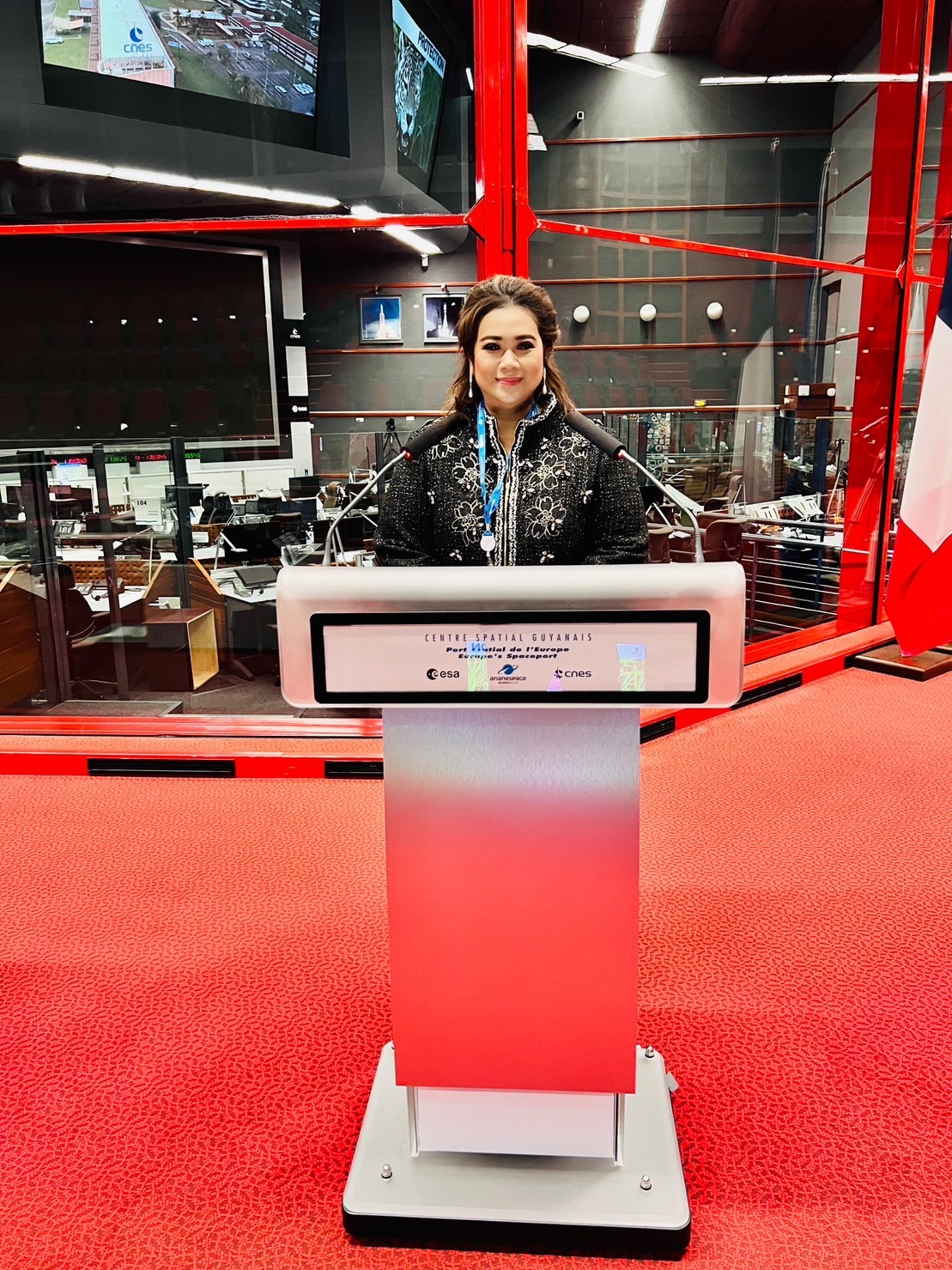
ทั้งนี้ น.ส.ศุภมาส กล่าวภายหลังจากดาวเทียมสำรวจโลก THEOS-2 ขึ้นสู่วงโคจรของอวกาศว่า รู้สึกดีใจและโล่งใจที่การปล่อยดาวเทียมสำรวจโลก THEOS-2 ราบรื่น ประสบความสำเร็จ แม้จะมีอุปสรรคบ้าง แต่ทุกอย่างก็เป็นไปตามกระบวนการ โดยขณะนี้ สามารถกล่าวได้ว่าดาวเทียม THEOS-2 ได้เริ่มปฏิบัติการสำรวจโลกแล้ว โดยหลังจากปล่อยดาวเทียมในเวลา 08:36 น.จะใช้เวลากว่า 52 นาทีในการเข้าสู่อวกาศที่ระดับความสูง 621 กิโลเมตร เมื่อดาวเทียมขึ้นไปแล้ว จะทดสอบระบบในอวกาศร่วมกับสถานีภาคพื้นดินราวๆ 3 เดือน ก่อนจะใช้งานได้ แต่อย่างไรก็ตาม หากมีสถานการณ์เร่งด่วนเกิดขึ้น อาทิ ภัยพิบัติ THEOS-2 ก็สามารถสั่งถ่ายภาพได้ภายใน 5 – 8 วัน หลังจากดาวเทียมเข้าสู่วงโคจร
“ภารกิจนี้เป็นภารกิจที่ยิ่งใหญ่ของกระทรวง อว. และประเทศไทย หลังจากนี้จะมีการต่อยอดยกระดับด้านต่างๆ ของประเทศรวมทั้งการให้ข้อมูลข่าวสารกับประชาชนให้รู้ว่าดาวเทียม THEOS-2 มีประโยชน์อย่างไร สามารถนำไปใช้ประโยชน์อะไรได้บ้าง ข้อมูลจากดาวเทียม THEOS-2 จะถูกใช้ในการปรับปรุงและทำให้ข้อมูลในทุกพื้นที่ของไทยเป็นปัจจุบัน ทันสมัย และมีความละเอียดที่ถูกต้อง ช่วยให้ทุกการวางแผนบริหารจัดการพื้นที่ที่ตอบสนองต่อสถานการณ์ฉุกเฉินต่างๆ ได้อย่างมีประสิทธิภาพ” รมว.กระทรวง อว. กล่าว
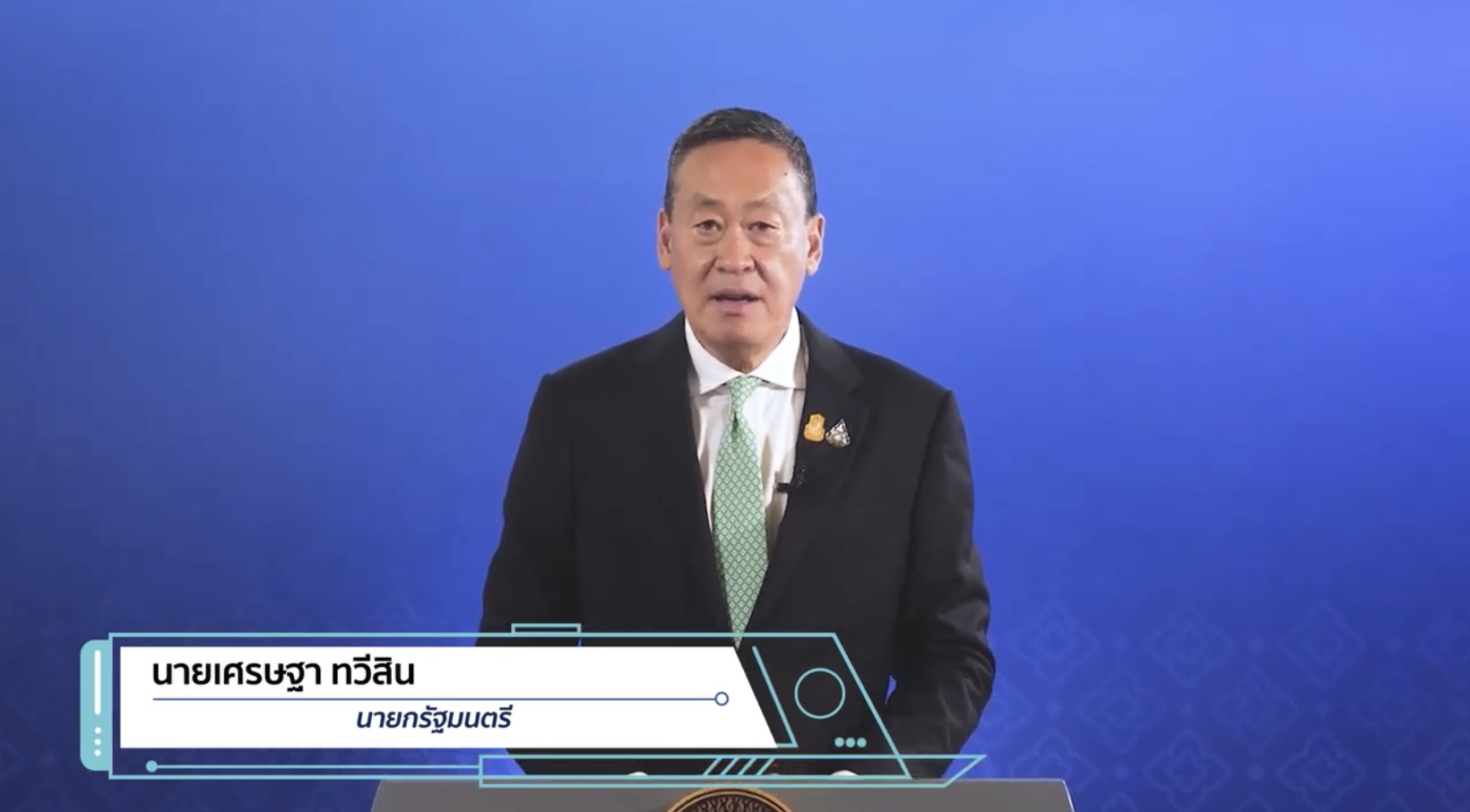
ในโอกาสนี้นายเศรษฐา ทวีสิน นายกรัฐมนตรี ได้กล่าวแสดงความยินดี ว่า ในนามของรัฐบาลไทยและประชาชนคนไทยทุกคน ขอแสดงความยินดีที่วันนี้ประเทศไทยประสบความสำเร็จสามารถส่งดาวเทียม THEOS-2 ขึ้นสู่วงโคจรได้เป็นผลสำเร็จ ซึ่งรัฐบาลมุ่งเน้นมาตลอดว่าจะใช้วิทยาศาสตร์ เทคโนโลยี และนวัตกรรม เป็นเครื่องมือในการพัฒนาประเทศ และพัฒนาคุณภาพชีวิตให้กับพี่น้องประชาชน ข้อมูลจากดาวเทียม THEOS-2 จะเป็นข้อมูลพื้นฐานที่สำคัญในการนำไปพัฒนาสร้างประโยชน์ได้ในหลากหลายมิติ อาทิ การบริหารจัดการเกษตร การบริหารจัดการเมือง การบริหารจัดการทรัพยากรธรรมชาติและสิ่งแวดล้อม การบริหารจัดการน้ำ และการบริหารจัดการภัยธรรมชาติ ซึ่งจะนำมาสู่ความเป็นอยู่ที่ดีขึ้นอย่างเท่าเทียมและทั่วถึงของพี่น้องประชาชน
“ผมขอขอบคุณกระทรวงการอุดมศึกษา วิทยาศาสตร์ วิจัยและนวัตกรรม (อว.) และ GISTDA ที่จะช่วยขับเคลื่อนและผลักดันวงการอวกาศของประเทศไทยให้มีความก้าวหน้า” นายเศรษฐา กล่าว
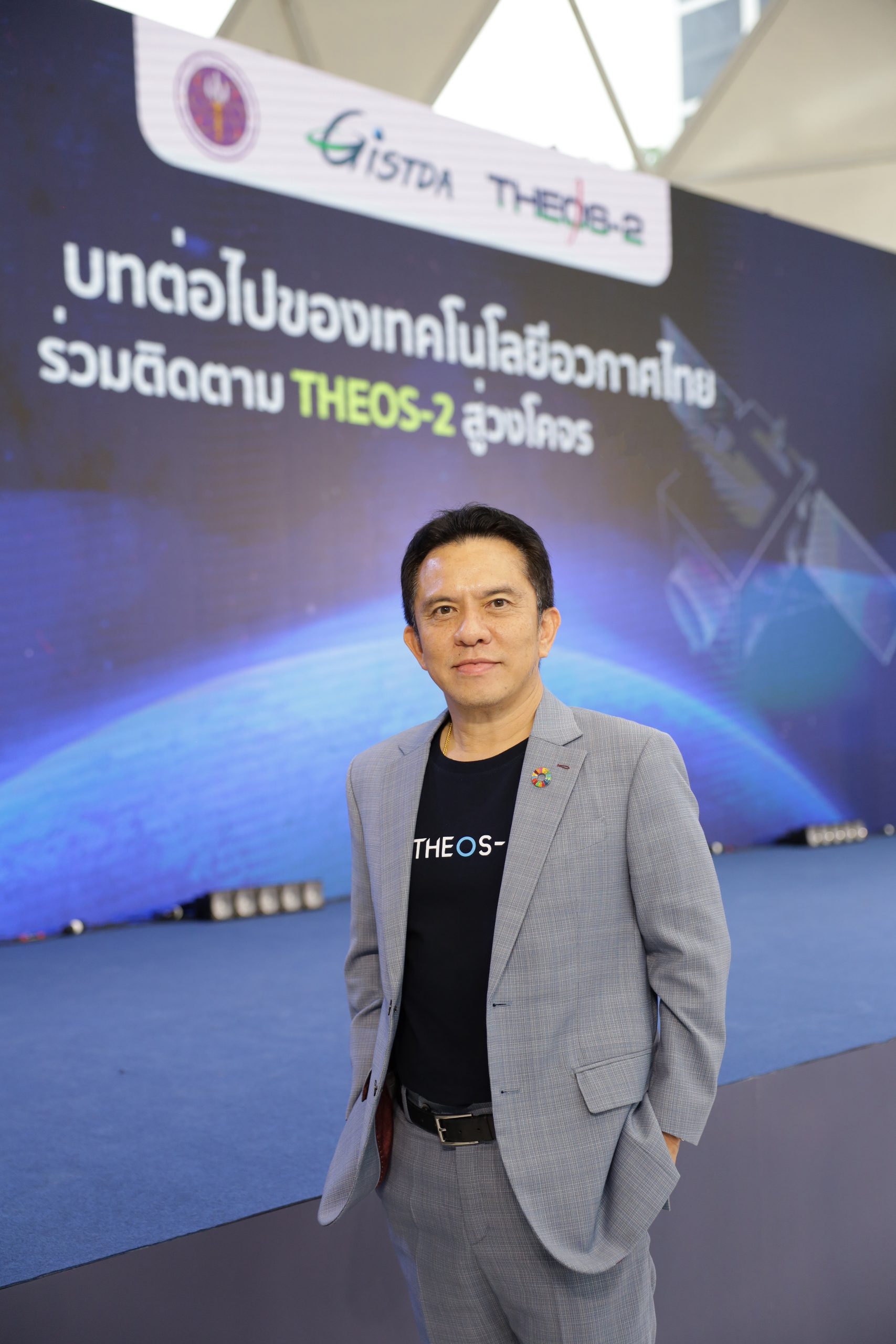
ด้าน ดร.ปกรณ์ อาภาพันธุ์ ผู้อำนวยการ GISTDA กล่าวว่า หลังจากดาวเทียมเข้าสู่วงโคจรแล้ว จะทำการปรับตัวเพื่อเข้าสู่โหมดของการทำงาน รวมทั้งทดสอบระบบควบคุมและติดต่อสื่อสารกับภาคพื้นดินเพื่อความเสถียรและความแม่นยำของข้อมูลโดยใช้เวลาประมาณ 6 เดือน หลังจากนั้น GISTDA จะเปิดโอกาสให้ทุกภาคส่วนได้เข้าถึงข้อมูล เพื่อนำไปต่อยอดหรือให้การบริการเชิงพาณิชย์ได้ ซึ่งจะเป็นการส่งเสริมการพัฒนาระบบเศรษฐกิจภายในประเทศ รวมถึงจะเป็นแรงผลักดันขับเคลื่อนด้านการศึกษา การวิจัยและนวัตกรรมในการใช้ข้อมูลเชิงพื้นที่ และเทคโนโลยีอวกาศในการพัฒนาองค์ความรู้ เพื่อสร้างนักวิทยาศาสตร์และวิศวกรในสาขาที่เกี่ยวข้องต่อไป
ชมคลิป “การนำส่งดาวเทียม THEOS-2 ขึ้นสู่อวกาศ 9 ต.ค. 66” ได้ที่
https://www.youtube.com/live/XknbyH6ipxc?si=ed1-2agGWKsRkqCE
…………………………….>>
The Prime Minister of Thailand congratulated on successfully launch of the THEOS-2 satellite into space
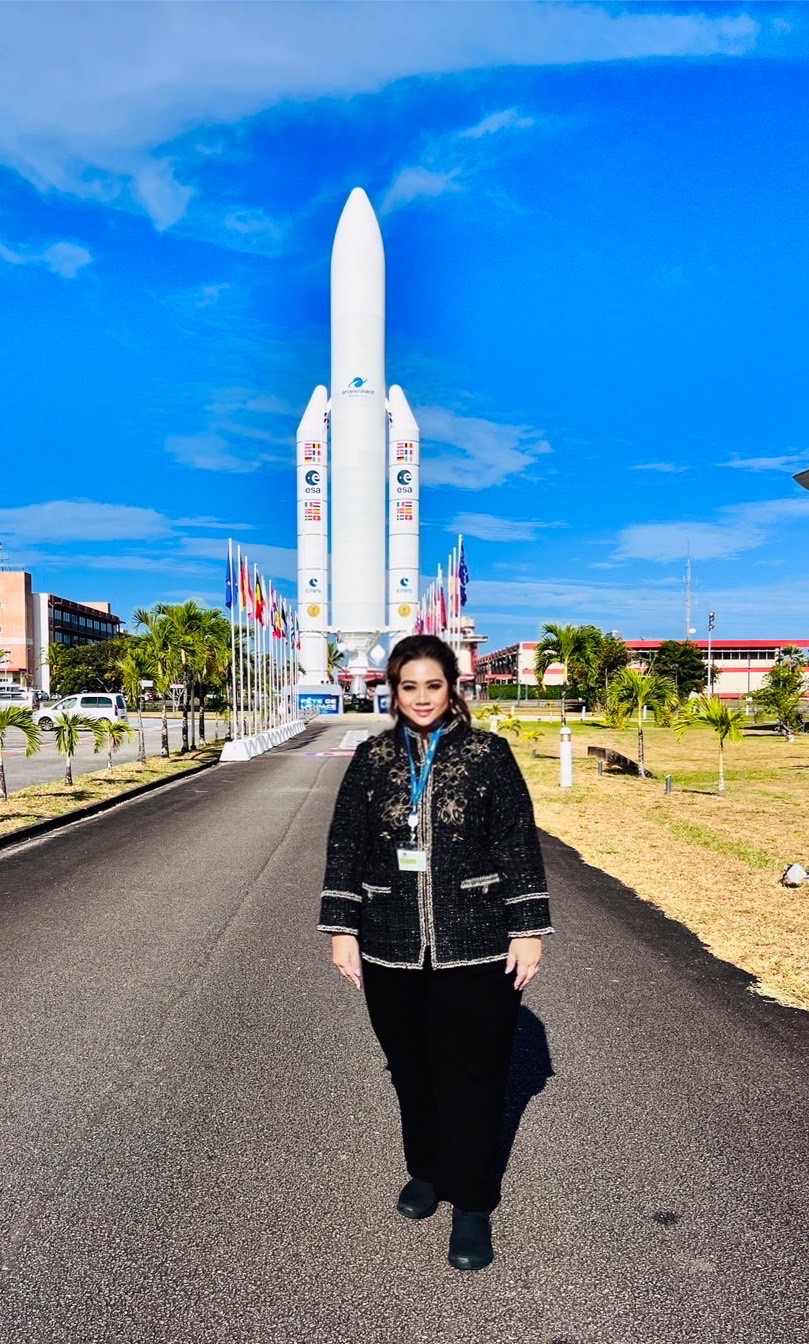
On the morning of October 9, 2023, at 08:36 hrs. (GMT+7 or Thailand time), the Thai satellite, THEOS-2, was launched aboard a Vega rocket (VV23) from the Guiana Space Center, the European spaceport in French Guiana on the South American continent. The Vega rocket later safely reached Earth’s orbit at 9:30 hrs. among witnesses from Thailand and the Republic of France at the spaceport, as well as people from around the world who virtually observed this remarkable moment.
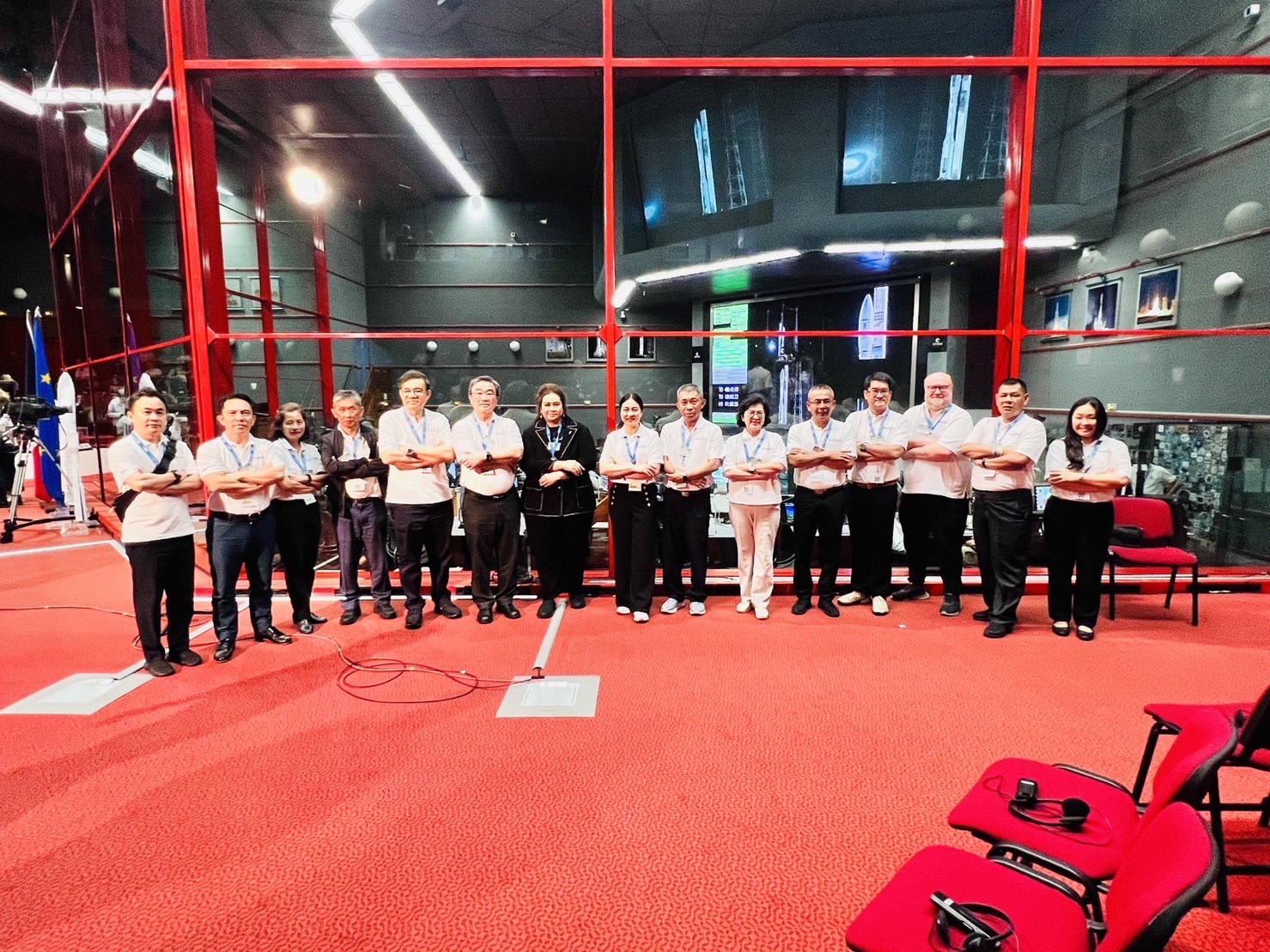
In this occasion, Mr. Srettha Thavisin, the Prime Minister of Thailand, has conveyed his congratulatory message as follows, “On behalf of the Thai government and all Thai citizens, I congratulate on the successful launch of the THEOS-2 satellite into orbit. The government has consistently emphasized the importance of science, technology, and innovation as significant tools for developing the country and improving the quality of life for people. The data collected by THEOS-2 will serve as a crucial foundation of various applications, including agricultural management, urban planning, natural resource and environmental management, water resource management, and disaster management. The use of satellite data will enhance the quality of life for people, making it more accessible and equitable. THEOS-2 is a valuable asset of all Thai citizens, capable of capturing imagery of activities on Earth’s surface with a very high resolution of up to 50 centimeters per pixel, residing at the top list of the ASEAN region and be equivalent to a group of forefront Earth Observation satellites in global level. Furthermore, THEOS-2 serves as a fundamental infrastructure for Thailand’s science and technology sector, great pride of our nation. I extend my gratitude to the Ministry of Higher Education, Science, Research, and Innovation (MHESI) and the Geo-Informatics and Space Technology Development Agency (GISTDA) for their contributions to advancing Thailand’s space infrastructure. I have great hope that THEOS-2 will serve as a innovative mechanism, further advancing Thailand’s technological capabilities and driving the enhancement of our society and economy.”
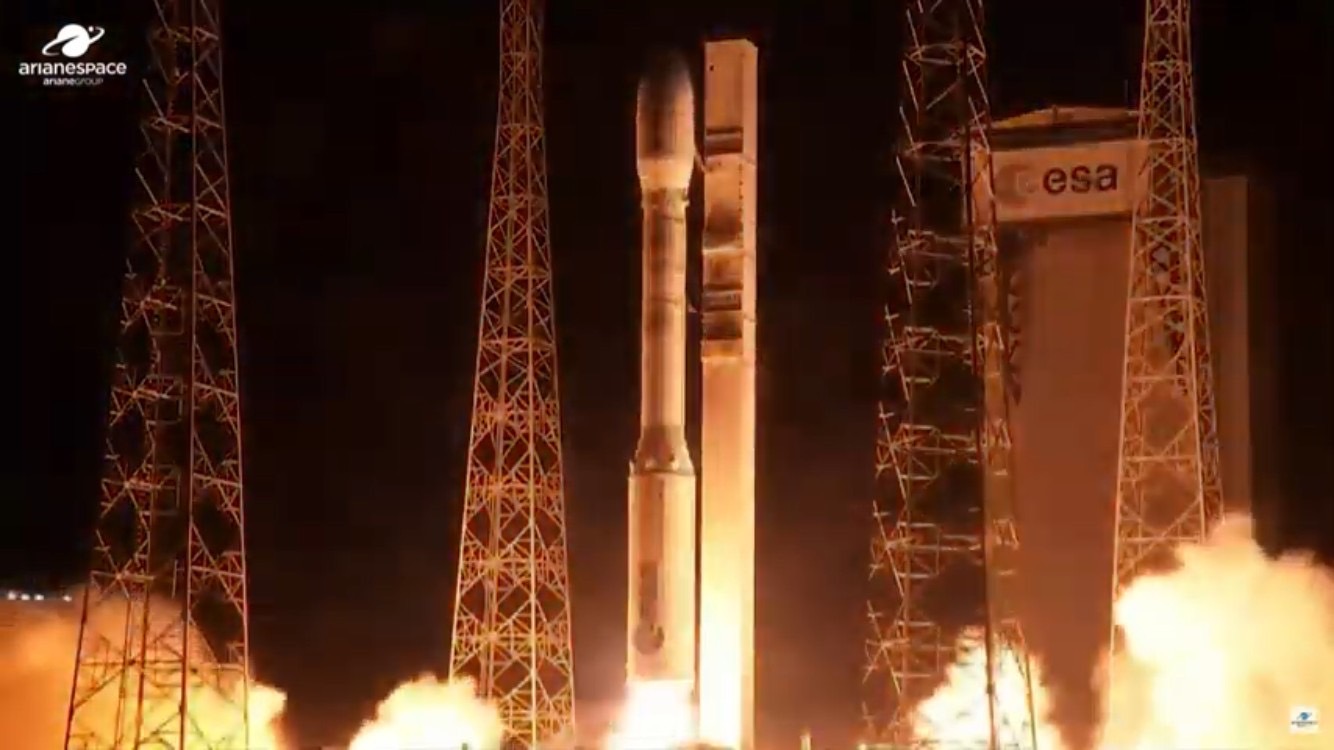
Ms. Supamas Isarabhakdi, Minister of the Ministry of Higher Education, Science, Research, and Innovation or MHESI, expressed her pleasure at the successful launch of the earth observation satellite, THEOS-2, into orbit. “It is a great pride for the Thai people as a whole that the THEOS-2 satellite was successfully launched into orbit. This achievement demonstrates that government investments can yield innovative solutions to cope with challenges for citizens. Possessing advanced and high-competitiveness technology at this level illustrates Thailand’s readiness to be part of the global space industry.”
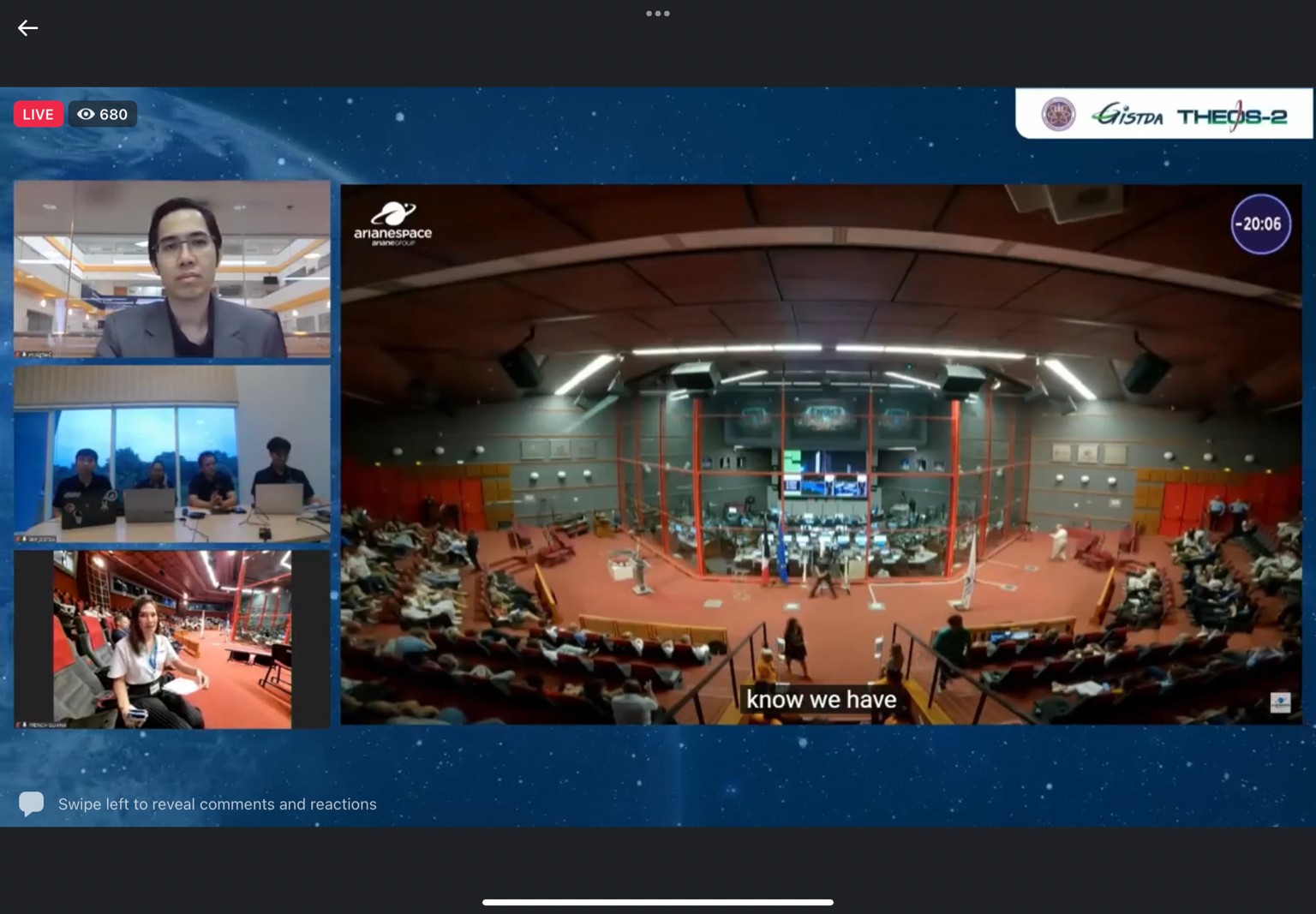
The Minister of MHESI also stated, “The earth observation satellite, THEOS-2, is regarded an advanced space infrastructure which is essential for the country. The data collected by THEOS-2 will be utilized to ensure that geospatial information across all regions of Thailand remains current, up-to-date, and accurate. Additionally, this data will aid in efficiently responding to various disaster and emergency situations. This underscores the necessity of science and technology in national development and the well-being of our people.”
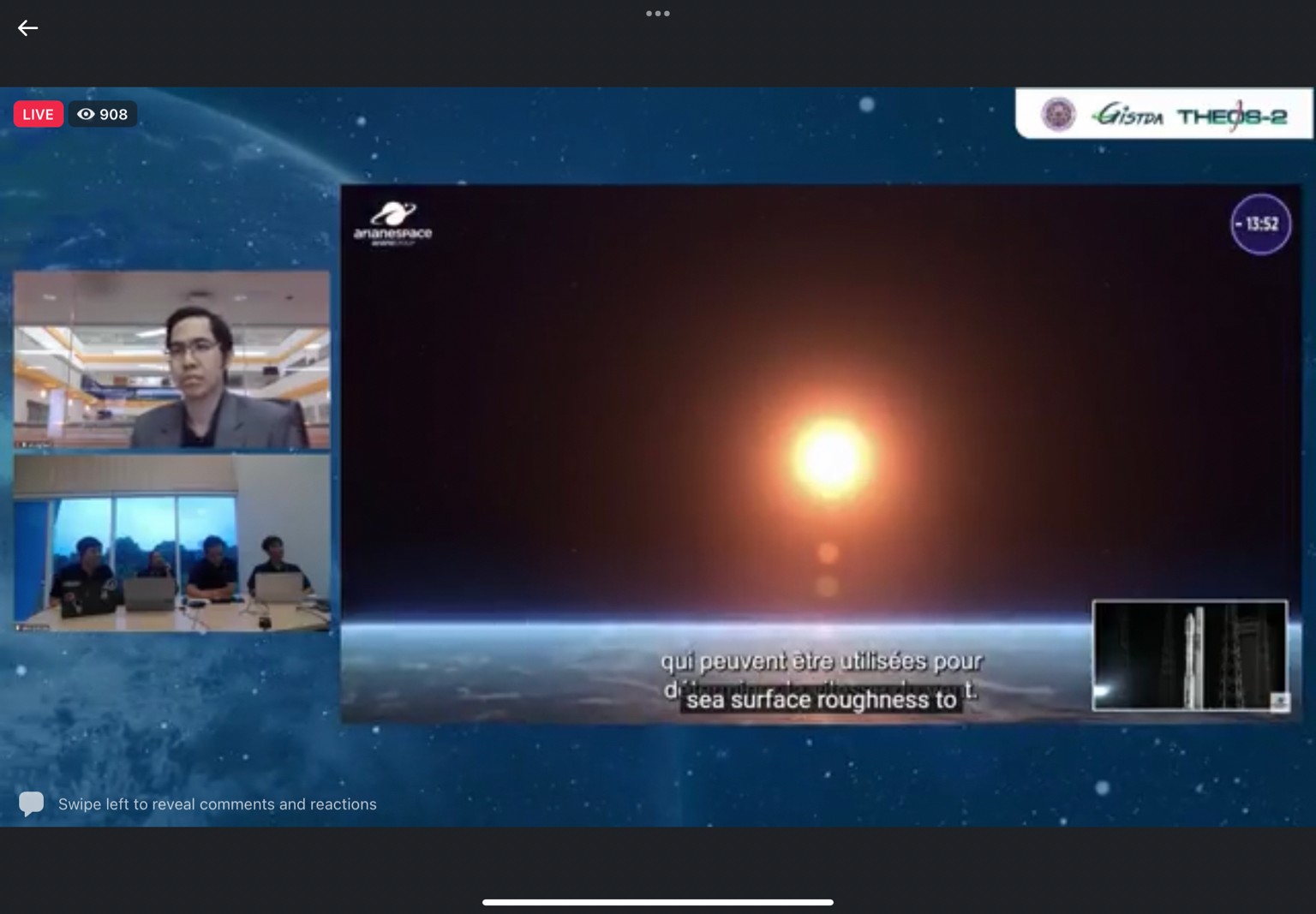
Dr. Pakorn Apaphant, Executive Director of GISTDA, expressed that “I’m glad that the launch of THEOS-2 satellite into orbit is successful. This marks Thailand’s first earth observation satellite capable of providing imagery with very high resolution.” The main satellite, THEOS-2, can capture images with a resolution of up to 50 centimeters, providing higher-quality data for timely and accurate spatial area tracking and management. This capability will play a significant role in supporting various aspects of the country’s development. Following the THEOS-2’s entry into the designated orbit, the satellite will transition to operational mode, which includes testing the control system and establishing communication with the ground station to ensure data stability and accuracy. This phase is expected to take approximately 6 months. Subsequently, GISTDA will make the data accessible to all sectors which enables further development and commercial services. This initiative will support domestic economic growth and serve as a catalyst for education, research, and innovation in the utilization of spatial data, as well as capacity building in space technology to nurture more scientists and engineers in related fields.
The Executive Director of GISTDA emphasized, “This satellite launch is a continuation of our mission since THEOS-1, which has remained operational for over 15 years. It represents our commitment to promoting the development and harnessing the benefits of satellite technology to further accelerate the country’s Space Economy.”
